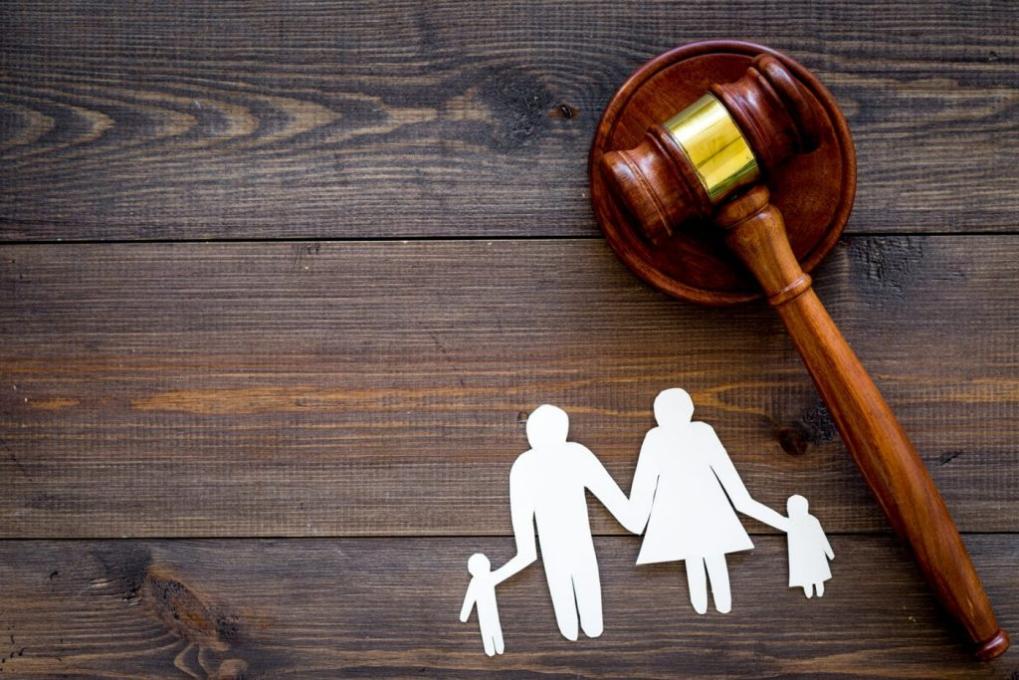Changing Your Name After Marriage or Divorce: A Comprehensive Guide
Changing your name after marriage or divorce is a significant decision with both legal and personal implications. This article provides a comprehensive guide to help you navigate the process of changing your name, ensuring a smooth transition and minimizing any potential challenges.

Understanding Name Change Laws
The legal framework governing name changes varies across jurisdictions. It's crucial to familiarize yourself with the relevant laws and regulations in your area. Generally, the procedures for changing your name after marriage and divorce differ.
- Marriage: In most jurisdictions, you can change your name by simply adopting your spouse's surname or hyphenating your surname with theirs. This can be done through a marriage license application or by filing a name change request with the appropriate government agency.
- Divorce: After a divorce, you may choose to revert to your maiden name or adopt a new name altogether. The process for doing so typically involves filing a name change petition with the court that granted the divorce.
It's essential to check local laws and consult with legal professionals to ensure you follow the correct procedures and meet all the necessary requirements.
Steps For Changing Your Name After Marriage
Changing your name after marriage typically involves the following steps:
Gather Necessary Documents:
- Marriage certificate or license
- Government-issued identification (e.g., passport, driver's license)
- Proof of address
- Completed name change application form (provided by the relevant government agency)
File the Name Change Application:
- Submit the completed application form, along with the required documents, to the appropriate government agency (usually the vital records office or the court).
- Pay any applicable fees and processing charges.
- Allow sufficient time for the application to be processed. The processing times vary depending on the jurisdiction.
Update Personal Records:
- Notify institutions and organizations about your name change. This includes banks, credit card companies, social security administration, insurance providers, and employers.
- Update your name on legal documents, such as your passport, driver's license, and professional licenses.
- Inform your contacts and social media connections about your name change.
Steps For Changing Your Name After Divorce

The process for changing your name after divorce generally follows these steps:
Gather Necessary Documents:
- Divorce decree or judgment
- Government-issued identification
- Proof of address
- Completed name change application form
File the Name Change Application:
- Submit the completed application form, along with the required documents, to the appropriate government agency (usually the vital records office or the court).
- Pay any applicable fees and processing charges.
- Allow sufficient time for the application to be processed.
Update Personal Records:
- Notify institutions and organizations about your name change.
- Update your name on legal documents and personal accounts.
- Inform your contacts and social media connections about your name change.
Additional Considerations
Changing your name can have various implications and challenges. It's essential to consider the following:
Potential Implications:
- Professional Licenses and Certifications: Changing your name may require updating your professional licenses and certifications.
- Credit History and Financial Accounts: Name changes can impact your credit history and financial accounts. Notify creditors and banks about your name change to ensure a smooth transition.
- Challenges in Updating Documents and Records: Updating all your documents and records with your new name can be time-consuming and challenging. Create a timeline and prioritize the most important documents.
Tips for Managing the Transition:
- Create a Timeline: Develop a timeline for updating your records and informing relevant parties about your name change.
- Notify Contacts and Social Media: Inform your contacts and social media connections about your name change to avoid confusion and maintain communication.
- Consider Emotional and Psychological Aspects: Changing your name can have emotional and psychological implications. Consider seeking support from friends, family, or a therapist if needed.

Changing your name after marriage or divorce is a significant decision with legal and personal implications. By following the steps outlined in this guide, you can navigate the process smoothly and minimize potential challenges. Remember to consult with legal professionals and relevant government agencies for specific guidance and support.
YesNo

Leave a Reply